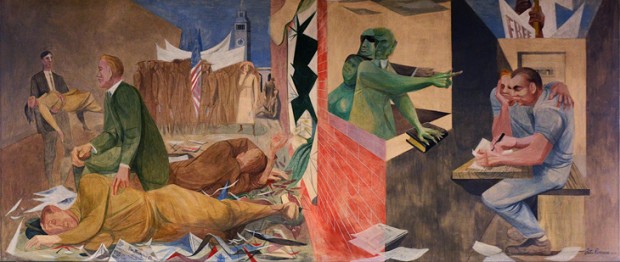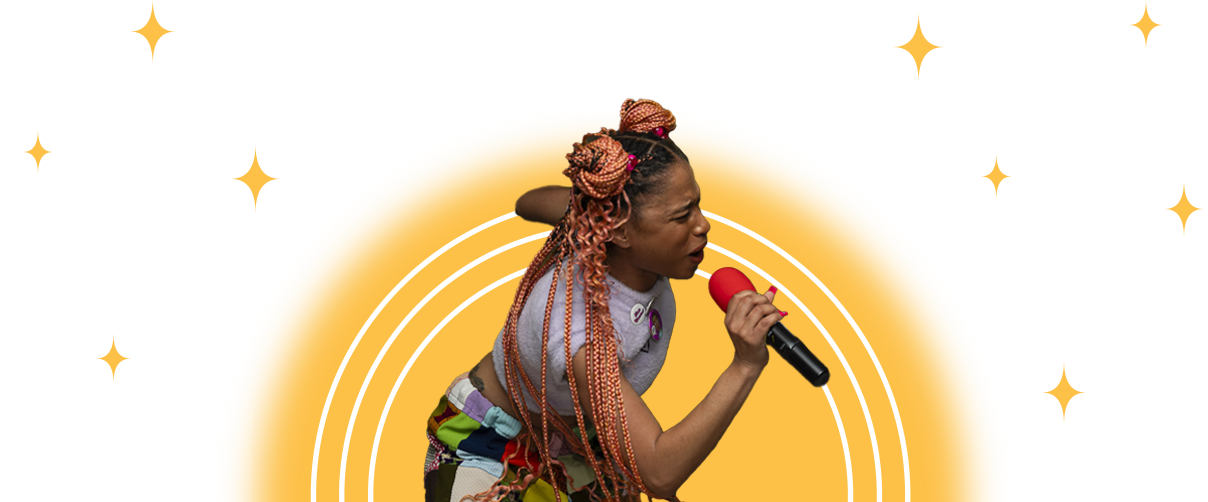
Although incredibly infrequent, bombings in crowded public places are unfortunately not a new phenomenon in America. This week's Boston Marathon explosion harkens back to an often forgotten local tragedy nearly 100 years ago, when a bomb tore through downtown San Francisco during a major public event, killing 10 people and leaving scores of others seriously wounded.
The Preparedness Day Bombing, as it became known, was the worst act of terrorism in San Francisco's history. It occurred just after 2 p.m on July 22, 1916 during a huge San Francisco parade that had been organized to drum up public support for the United States' imminent entry into World War I. Not long after the 50,000 person march began, a huge blast echoed through the streets, set off by a pipe bomb filled with explosives and steel slugs that was hidden inside a suitcase and placed near the intersection of Steuart and Market streets, a stone's throw from the Ferry Building.
The following film, produced by the Hearst-Pathe News Service and shown to local audiences shortly after the tragedy, opens with a set of propagandist animation triumphing American prosperity and decrying the lawlessness and chaos that, it suggests, inevitably stem from radicalism. The film goes on to show actual footage of the parade and the chaotic scene in the explosion's aftermath.

